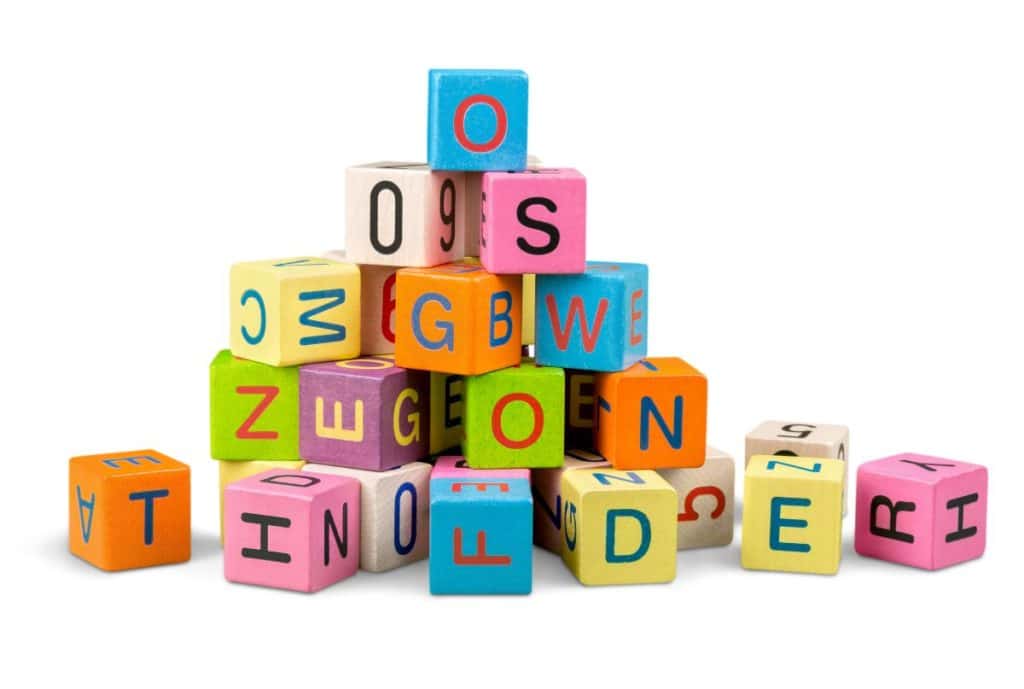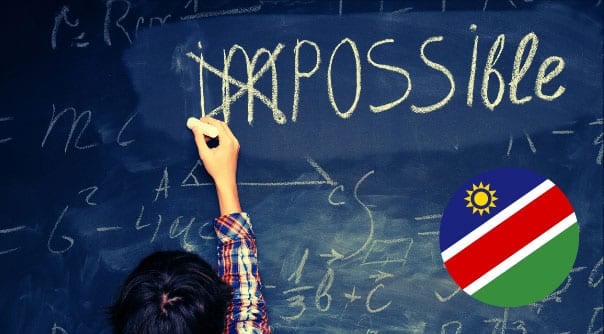
Visual sequencing refers to the ability to perceive and remember objects in a particular order.
The child with difficulty in this area cannot perceive the order of stimuli in which they appear. For example, the child has problems arranging pictures of events in the sequence in which they are presented, copying the alphabet or numbers in the correct order, or seeing the order of letters in words.
After perceiving the sequence, the child should also be able remember that sequence.
Visual sequencing difficulties
Many children with dyslexia have trouble with visual sequencing. In fact, according to Stein (2018), it has become clear that the basic problem that dyslexics face is that they fail to learn to properly sequence the letters in a word and/or the sounds of which it is composed.
After all, every word consists of letters in a specific sequence. In order to read, one has to perceive the letters in sequence and also remember what word is represented by the sequence of letters in question. By changing the sequence of the letters in name, it can become mean or amen.
The following are a few of the dyslexia symptoms that indicate visual sequencing difficulties:
- When reading, the person with dyslexia may put letters in the wrong order, reading felt as left, act as cat, reserve as reverse, expect as except.
- They may put syllables in the wrong order, reading animal as ‘aminal’, hospital as ‘hopsital’, enemy as ‘emeny’.
- They may put words in the wrong order, reading are there for there are.
- The dyslexic may write letters in the wrong order, spelling Simon as ‘Siomn’, time as ‘tiem’, child as ‘chidl’.
- They may omit letters, i.e., reading or writing cat for cart, wet for went, sing for string..
A study by Fine et al. (2014) suggests that visual sequencing not only correlates significant with reading, but also with math learning.
Edublox aims to improve visual sequencing
Edublox specializes in educational interventions that make children smarter, help them learn and read faster, and do math with ease. Our programs enable learners to overcome reading difficulties and other learning obstacles, assisting them to become life-long learners and empowering them to realize their highest educational goals.
Edublox is grounded in pedagogical research and 30+ years of experience demonstrating that weak underlying cognitive skills account for most learning difficulties. Underlying cognitive skills include visual sequencing. Specific cognitive exercises can strengthen these weaknesses leading to increased performance in reading, spelling, writing, math, and learning.
Edublox offers not only cognitive training but also and live online tutoring to students with dyslexia, dysgraphia, dyscalculia, and other learning disabilities. Our students are in the United States, Canada, Australia, and elsewhere. Book a free consultation to discuss your child’s learning needs.



